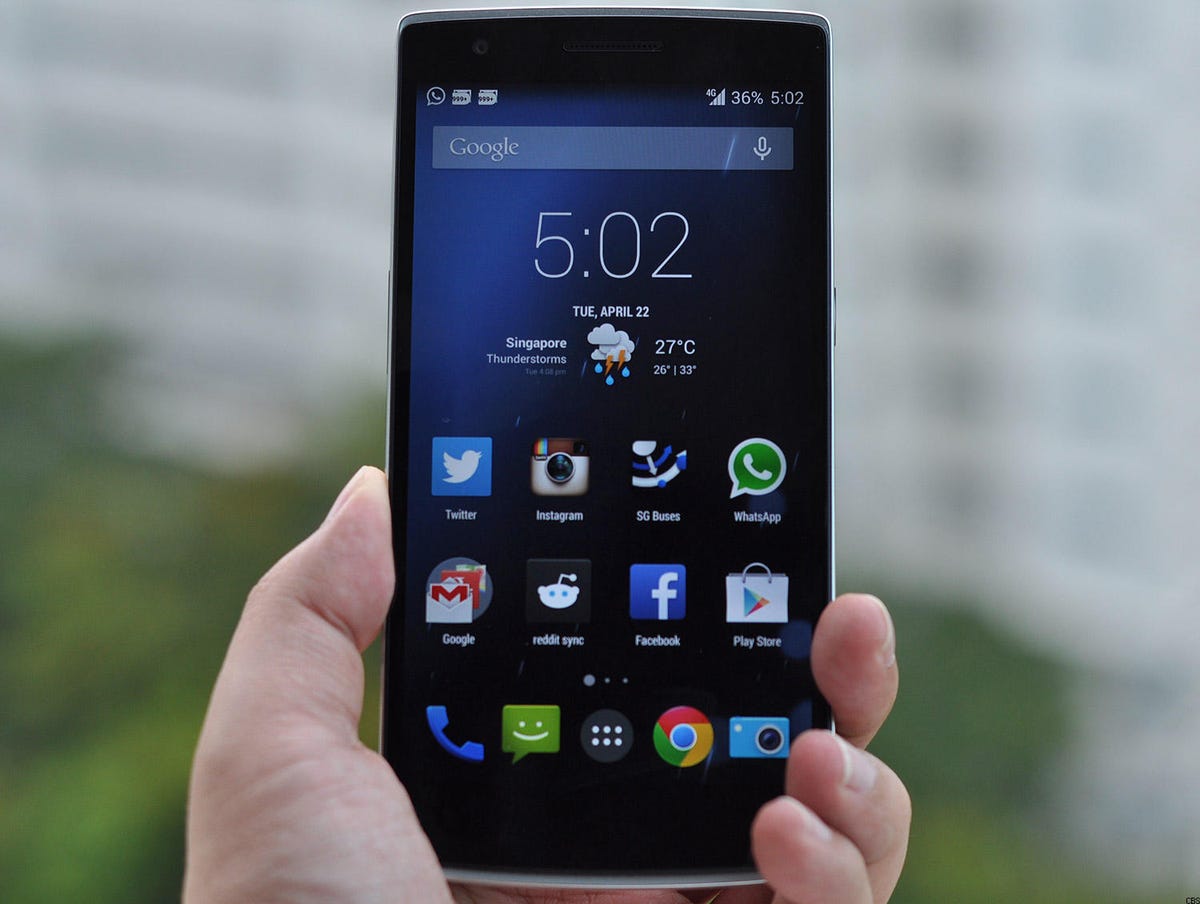
Aloysius Low/CNET
This year, like all years in recent memory, has seen its share of highs and lows in the mobile world. On the one hand, you have key players making strides, like Apple successfully joining the big-screen party with its new iPhones, and Google launching its Android One initiative off the ground.
On the other hard are darker moments. Nokia handing over its phone division to Microsoft signifies the fall of a once-mighty phone king, and OnePlus’ widely criticized “Ladies First” campaign left a bad taste in everyone’s mouth.
Here, we lay out our eight most memorable ups and downs for 2014, in no particular order. If you’ve got any of your own to share, feel free to chime in with your favorites in the comments section below.
1. High: Selfies snap into focus
Even a decade ago, self-shots were a thing (we used to call them vanity portraits), but there weren’t many outlets for sharing them. Today, a combination of better front-facing camera tech and the explosion of social networking has seen more attention paid to the selfie-maker in 2014 than ever before. First came the steady influx of 5-megapixel front-facing cameras, seen in phones like the HTC One Mini 2 and Huawei Ascend Mate 7 .
Next, clever software introduced this year highlights different ways to take a photo. Certain Nokia Lumia phones (like the Lumia 830 ) as well as Samsung’s Galaxy Note 4 and Galaxy Note Edge provide guidance systems to help take higher-resolution photos from the main camera.
Best smartphones for selfies (pictures)






The aforementioned Samsung and Huawei phones also bring panorama mode to the front-facing camera, for capturing group selfies and landscape scenes. Group selfies (or “grouphies”, as Huawei likes to call them) don’t actually work very well, but the point is that phone-makers are answering phone owners’ spiking demand.
Despite these new, and usually useful tools, it’s HTC that takes the crown in technological achievement with the HTC Desire Eye . It’s a rare handset carrying a front-facing flash, like the Sony Xperia C3, and the second to attempt a 13-megapixel camera for those shots. (The Oppo N1 was first; its swivel-mounted lens photographed on both sides of the phone.)
Clearly, 2014’s laser-focused attention to selfies sets a strong foundation for continued breakthroughs and envelope-pushing in 2015.
2. Low: Digital payment systems still waiting for lift-off
Buying products and services with a tap of your phone or wearable is something that we’ve all been waiting for for a long, long time. For years, startups have teased us with local solutions that never had enough clout to gain traction. Not even Google’s influence could do the trick.
Hence, when Apple released Apple Pay — which will work with the Apple Watch , and with the Touch ID fingerprint reader on the iPhone 5S and above — hype mounted. Apple’s participation could raise the consumer awareness, and be the general jolt it needed to finally get businesses and the payments industry on the same page as mobile shoppers.


Now playing:
Watch this:
Apple Pay vs. Google Wallet vs. PayPal
2:14
We know, we know. Digital payment solutions for smartphones are still evolving, and we can’t just expect them to become ubiquitous overnight. But every year seems to be “the year” for services like Google Wallet and Softcard ( previously known as Isis) to break through, and we’re skeptical at Apple’s immediate success, despite being touted as mobile payments’ savior. Maybe in 2015, we’ll all come a little closer to achieving the monumental cooperation required among handset manufacturers, carriers, retailers, credit card companies and banks to finally make mobile payments easy — and everywhere.
3. High: Apple throws its hat into the phablet ring
Ever since Samsung launched its audacious 5.3-inch handset known as the Galaxy Note in 2011, big-screen smartphones (also known as “phablets”) have been a steadfast presence on store shelves. In 2014, supersize devices are more popular than ever: the Note is now in it fourth iteration , Google released the Nexus 6 (the biggest Nexus phone to date), and Windows Phone users can purchase the Lumia 1520 or more affordable Nokia Lumia 1320 .
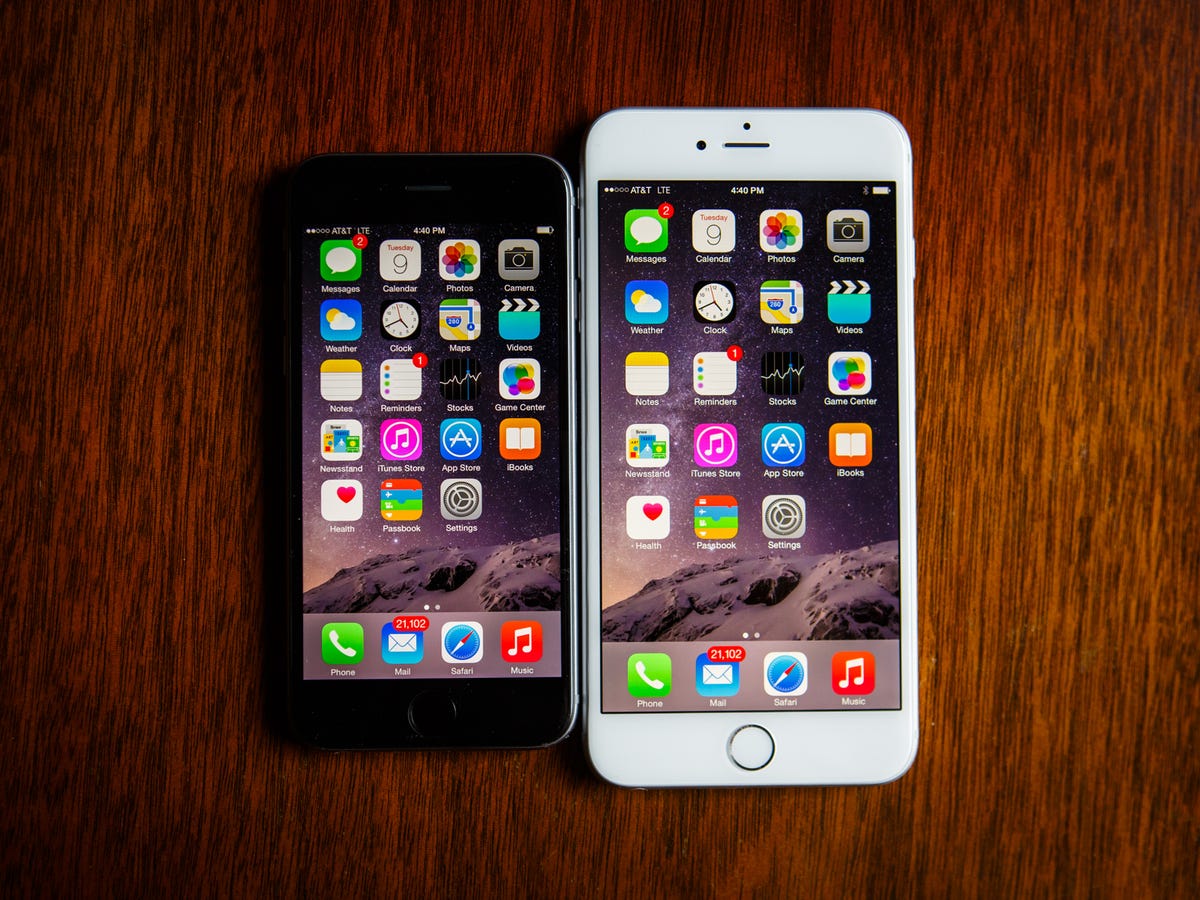

CNET staff
So Apple’s unveiling of the 4.7-inch iPhone 6 and 5.5-inch 6 Plus was long-awaited acknowledgement of what many of us already knew: that bigger can indeed be better. Despite coming late to the party, the iPhone 6 Plus has sold impressively well. According to market researcher Kantar Worldpanel ComTech, the device accounted for 41 percent of all US phablet sales in the fall. Not bad for a late-bloomer.
4. Low: End of an era — Nokia loses itself to Microsoft
Buyouts and mergers in the smartphone world never occur without making waves. There was Palm’s buyout by HP, then ultimate demise; Motorola’s hand-off to Google and now Lenovo; and BlackBerry’s prolonged death knell and heroic struggle for survival with new phones like the odd BlackBerry Passport .
Yet in the cell-phone world, the sale of Nokia’s phone division to Microsoft loudly signifies the end of an era. It wasn’t too many years ago that Nokia was king. In the 1990s, success after success all around the globe made Nokia top dog, with all the style and power a cell-phone magnate deserves. (Relive Nokia’s storied history in the slideshow below.)
Nokia: A long and innovative history
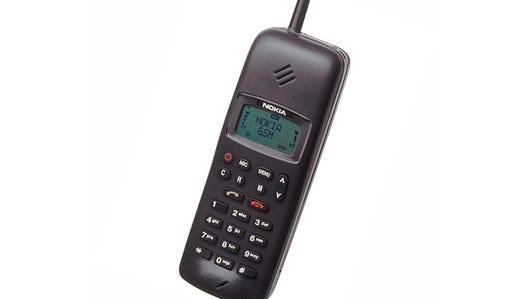

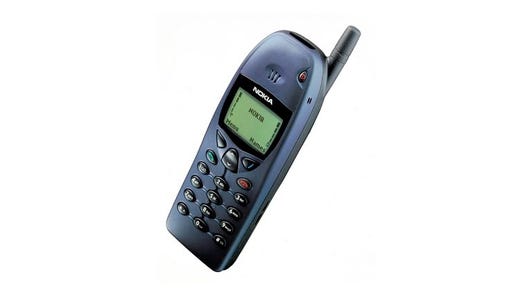

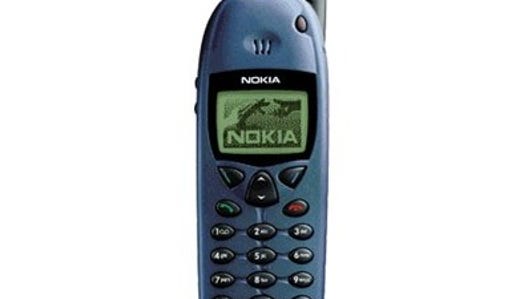

Now, as Microsoft replaces Nokia’s name in its first tentative and bland new effort, the Microsoft Lumia 535 , the once absolutely dominating brand is officially dead. There is perhaps a spark in the remains of Nokia’s business, which recently announced an Android tablet . But for now: Nokia is dead. Long live Microsoft.
5. High: Fast battery charging and other high-end specs roll out
With every new year that passes by, we consumers should expect more technological advancements with our gadgets. This year, we saw plenty of improvements in high-end hardware. The rise of 1,440p, quad-HD displays — first in the LG G3 and Note 4, then later in the Nexus 6 and Motorola Droid Turbo — prove that 1,080p was just so last year, and the quad-core Snapdragon 805 from Qualcomm is the processor d’année and will soon naturally usurp the 801. (But not for long. The Qualcomm Snapdragon 810 right around the corner.)
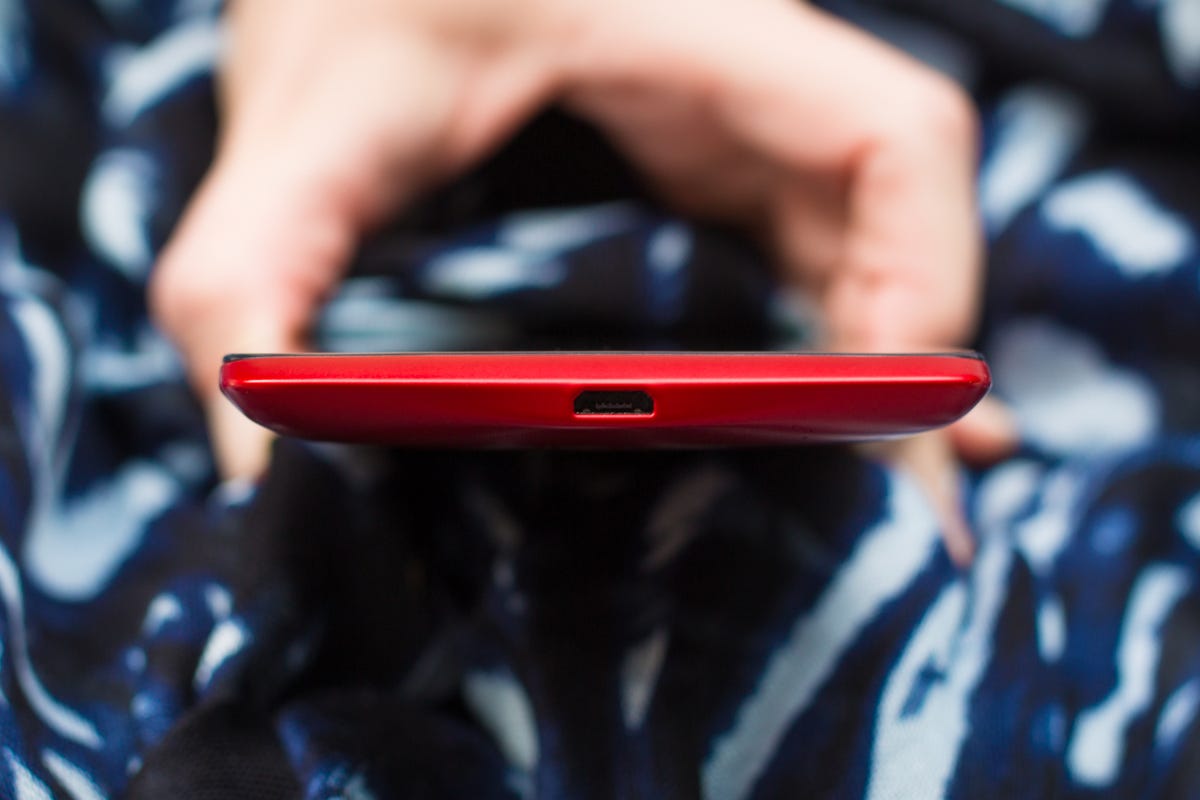

James Martin/CNET
Lastly, in hopes that its customers will perhaps dodge the dreaded ” wall hugger” label, Qualcomm’s Quick Charge 2.0 technology has made its way into a handful of big-name devices like the Galaxy Note 4 and Note Edge; Sony’s Xperia Z3 ; and the Motorola Moto X and Droid Turbo. With Quick Charge, these phones can re-up their high-capacity batteries in much less time than it takes for conventional chargers to resupply power.
6. Low: OnePlus gets sexist, Apple’s Bendgate flames on
Who doesn’t love a nice, juicy scandal? Well, we don’t — not when the incident in question reeks of the worst sort of misogyny. Case in point: phone-maker OnePlus, whose Ladies First campaign for the OnePlus One shrouded a “hot or not” contest of looks in the guise of chivalry. Realizing that maaayyybe it wasn’t the classiest move to remind women “no nudity, please” when sending in photos of themselves for “worthiness” evaluation, the campaign popped.
The OnePlus One is a tasty $299 Android smartphone (pictures)
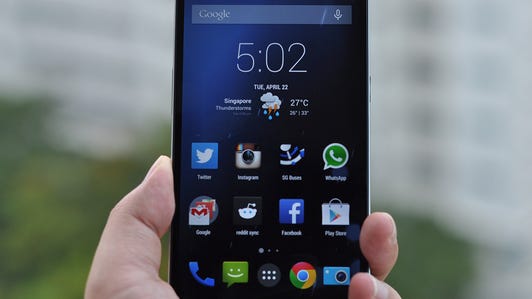

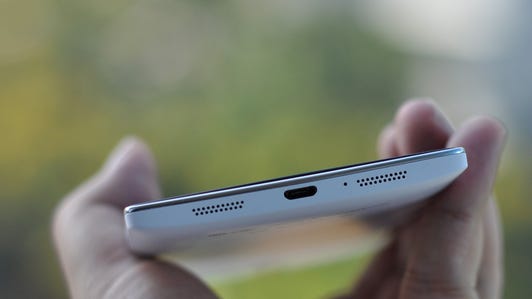

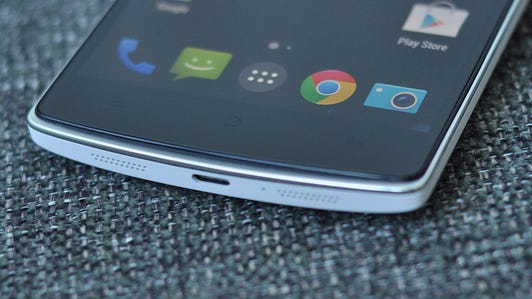

Apple, too, tasted the burn of public displeasure and Twitter-rage when reports flooded in that its iPhone 6 Plus bends when it’s sat upon. While Apple did own up to a major software glitch, the company retorted that only nine customers complained about unexpected bending.
We don’t buy that either, but as far as the mass hysteria goes over Bendgate — from YouTube’s viral videos to Samsung’s anti-Apple marketing spin — it wasn’t the Internet’s finest moment.
7. High: Efforts to launch phones for emerging markets continue
Efforts to get a smartphone into everyone’s hands picked up in 2014 where it left off the year before. In 2013, smartphones only made up about 55 percent of total global handset sales, but it’s predicted to increase to 64 percent this year, according to a study conducted by ABI Research. Although they may not have the same might as Apple and Samsung, Chinese manufacturers like Oppo, ZTE, Lenovo, and Xiaomi hope to fill the gap in countries such as India and South Africa, and areas like the Middle East. These are all huge markets with great potential for smartphone growth. For example, we took a look at the ZTE Open C this year, which is available for Eastern Europe, Asia and Latin America.
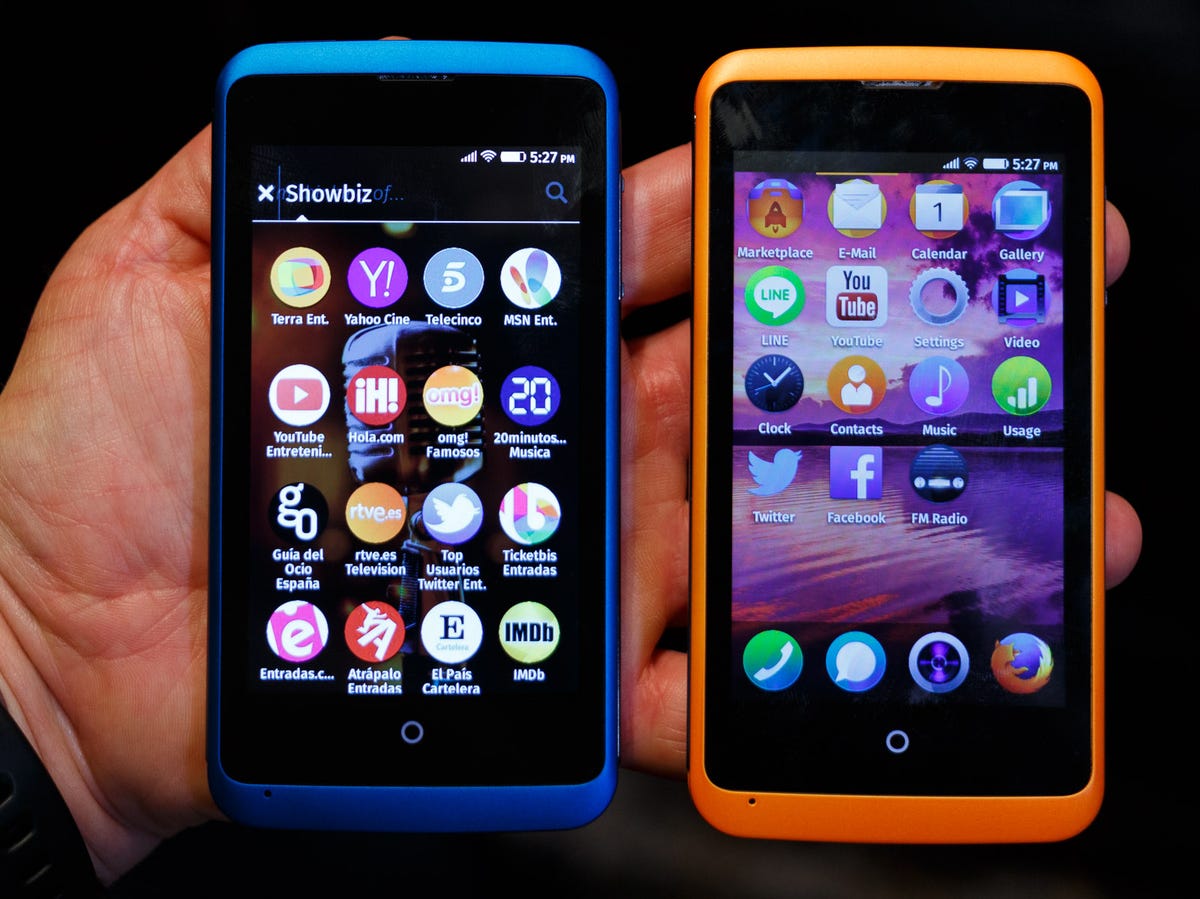

Stephen Shankland/CNET
In addition, this year Google launched its Android One initiative with three unlocked handsets from Indian manufacturers Spice, Micromax and Karbonn. All cost Rs 6,399 ($100, £65, AU$115), a price Google thinks is low enough for the “next five billion” people to afford. Though the device’s sales channel hit snags with brick-and-mortar retailers angry at being left out of the deal, Android One is still expected to continue onto Indonesia and the Philippines, as well as other South Asian countries.
8. Low: Innovation is stalling
“Innovation” is a funny word, because it means so many things to so many people. Phone-makers all claim to do it, perhaps with minor improvements to battery life and a new camera mode that the other guys don’t yet have. When we think of innovation, however, we’re talking about the disruptive, industry-changing components and features that make a product the most talked-about in town; the kind of features that go far beyond the incremental kind of improvements mentioned previously.
This year has had a few, like the HTC Desire Eye’s front-facing flash and the Samsung Galaxy Note Edge’s curving screen (which still feels like a very decent though expensive solution looking for a minor problem). Ah, and let’s not forget the original and very niche LG Aka, which has digital eyeballs that most people will never see .
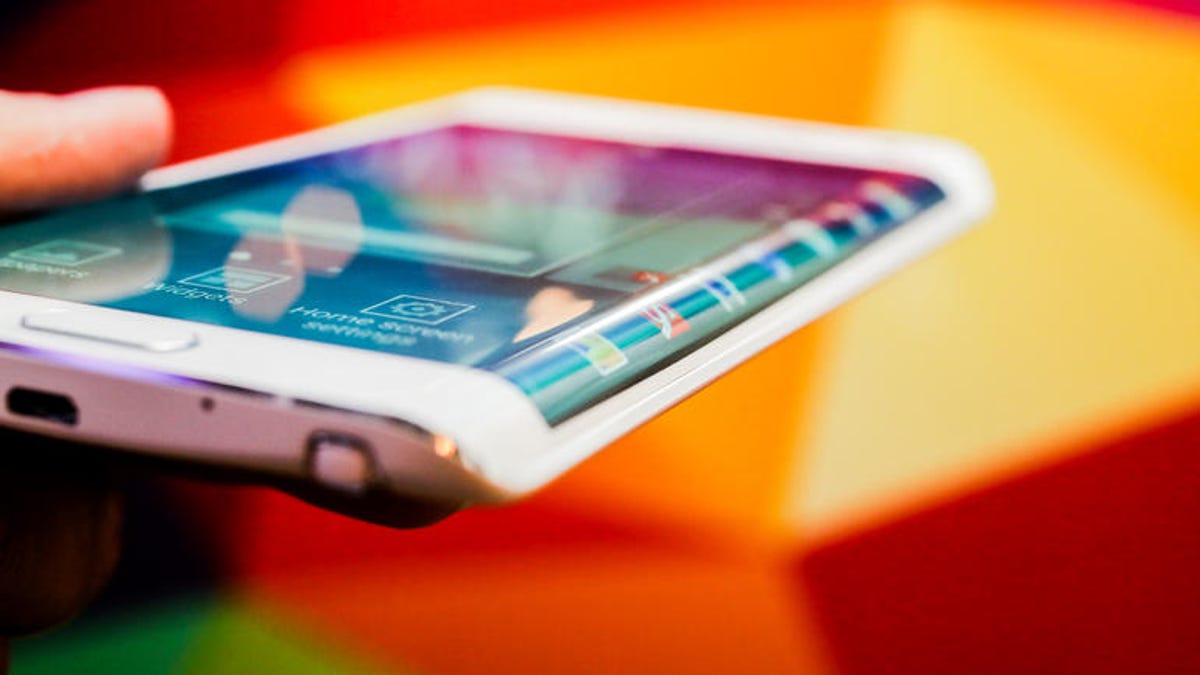

Sarah Tew/CNET
Still, the bottom line is that when it comes to the really different, high wow-factor stuff that sends expectations spinning, the smartphone industry is slipping from the tip of the spear.
Smartphones are still hot, but as in years past, the top contenders package nearly identical offerings into slightly different forms. Engineers are, in general, pouring more radical design efforts into new, exciting directions like home automation and wearables, both fields that nevertheless use the sophisticated smartphone as a computing foundation for getting things done.
Do you have smartphone highs and lows of your own? Be sure to share them in the comments below.



